Home>Garden Essentials>Garden Storage>How To Curate Your Wardrobe
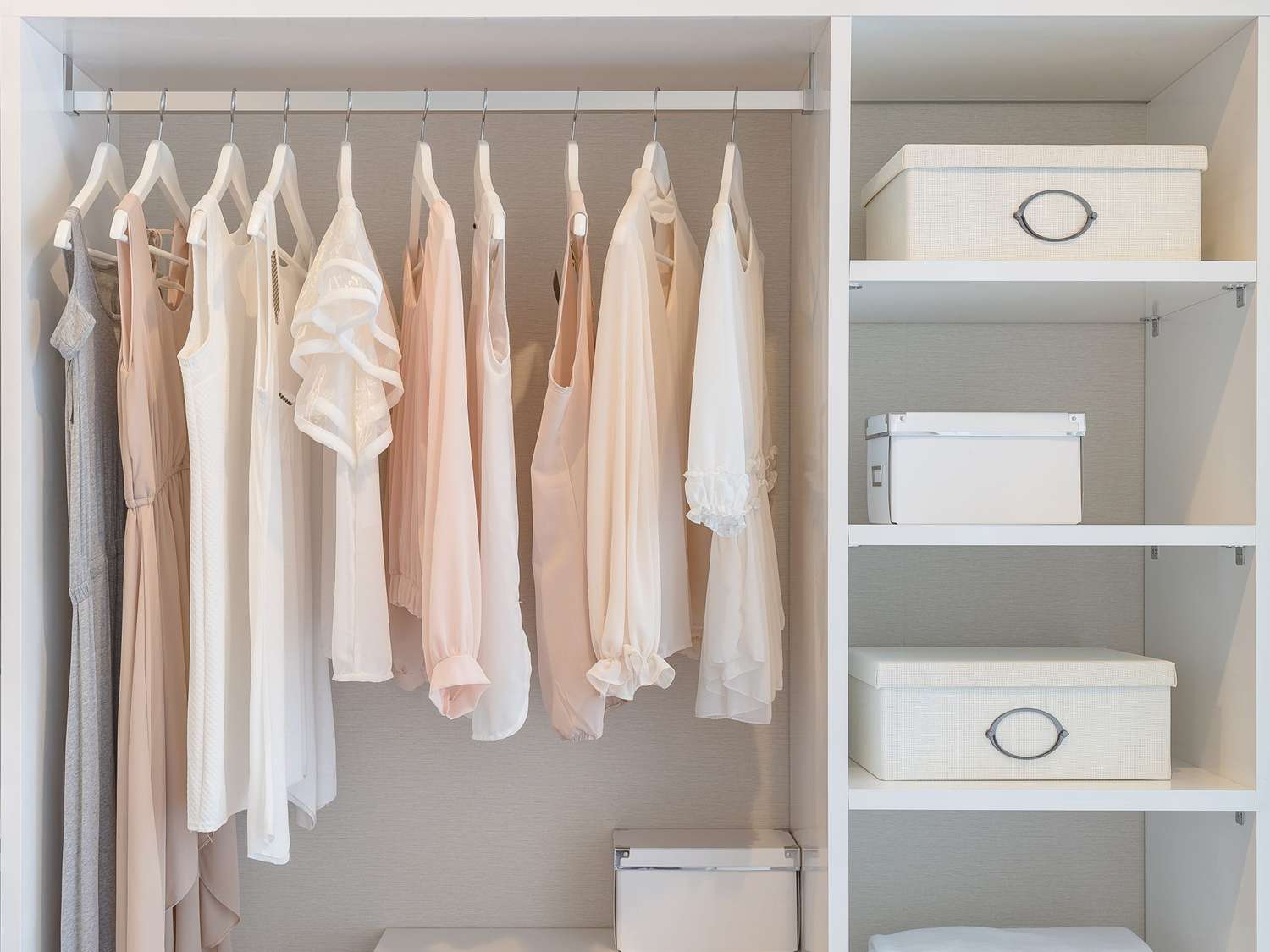

Garden Storage
How To Curate Your Wardrobe
Modified: January 7, 2024
Discover tips and tricks on how to curate your wardrobe for efficient storage. Learn how to organize your clothes and maximize space in your closet.
(Many of the links in this article redirect to a specific reviewed product. Your purchase of these products through affiliate links helps to generate commission for Storables.com, at no extra cost. Learn more)
Introduction
Creating a curated wardrobe is more than just following fashion trends or having an extensive collection of clothes. It’s about building a collection of pieces that reflect your personal style, fit well, and can be effortlessly mixed and matched to create various outfits. A curated wardrobe not only saves you time and energy in choosing what to wear each day but also helps you feel confident and put-together in any situation.
In this article, we will explore the steps you can take to curate your wardrobe effectively. By understanding your personal style, assessing your current wardrobe, decluttering, building a solid foundation, and organizing your clothes, you will have a wardrobe that is both functional and stylish. So let’s dive in and start creating your perfect curated wardrobe!
Key Takeaways:
- Curating your wardrobe involves understanding your personal style, decluttering, and investing in quality pieces. It’s an ongoing process that allows you to create a functional and stylish collection tailored to your needs and preferences.
- By effectively mixing and matching versatile items, adding trendy elements, and organizing your wardrobe, you can maintain a curated collection that reflects your style and boosts your confidence. Regular maintenance ensures your wardrobe remains in top condition for years to come.
Read more: How To Minimize Your Wardrobe
Understanding Your Personal Style
When curating your wardrobe, it is essential to understand your personal style. Your style is a reflection of your personality, lifestyle, and preferences. Take some time to evaluate your fashion inspirations and the type of clothing that makes you feel confident and comfortable.
Start by gathering inspiration from various sources such as fashion magazines, social media, or even by observing people whose style you admire. Look for common themes or elements that resonate with you. Do you lean towards a more classic and timeless look, or do you prefer a more eclectic and bohemian style? Understanding these preferences will guide you in selecting pieces that align with your personal style.
Consider your lifestyle and the activities you engage in regularly. Are you a working professional, a student, or a stay-at-home parent? This will dictate the type of clothing you need for different occasions. For example, if you have a corporate job, you may require more formal attire, whereas if you lead an active lifestyle, you might need clothes that are comfortable and practical.
Another aspect to consider is your body shape and proportions. Certain styles and cuts of clothing flatter different body types. Understanding what works best for you can help you make informed choices when curating your wardrobe. Experiment with various silhouettes and see what accentuates your best features.
Lastly, take into account the colors that complement your skin tone and make you feel radiant. Some people are drawn to neutral tones and earthy hues, while others gravitate towards vibrant and bold colors. By selecting colors that enhance your complexion, you can create a more cohesive and harmonious wardrobe.
Understanding your personal style is an ongoing process. Your preferences may evolve over time, and that’s perfectly normal. Embrace the journey of self-expression and experiment with different styles to discover what truly resonates with you.
Assessing Your Current Wardrobe
Before you begin curating your wardrobe, it’s crucial to assess your current collection of clothes. This step helps you understand what you already have, what you need to let go of, and what items can be incorporated into your curated wardrobe.
Start by taking out all your clothes and categorizing them. Divide them into sections such as tops, bottoms, dresses, outerwear, and accessories. This will give you a clear visual representation of the contents of your wardrobe.
Next, evaluate each item individually. Look for signs of wear and tear, items that no longer fit, and pieces that no longer align with your personal style. Be honest with yourself and avoid holding onto clothes for sentimental reasons if you no longer wear or enjoy them.
Consider the versatility of the pieces in your wardrobe. Can they be mixed and matched to create different outfits? Take note of items that are limited in terms of pairing options or ones that you never seem to wear because they don’t work well with other pieces. These items could be candidates for removal or donation.
While assessing your wardrobe, take the opportunity to identify any gaps in your clothing collection. Are there essential basics or key pieces missing that would complement your style? Make a list of these items, such as a classic white button-down shirt or a versatile pair of black trousers, that you can add to your curated wardrobe.
Remember, curating your wardrobe is not about quantity, but quality. Focus on keeping items that you truly love, that fit well, and that work seamlessly with your personal style. Let go of the excess, and create space for pieces that will elevate your curated wardrobe.
By assessing your current wardrobe, you gain a better understanding of your style preferences, identify gaps in your collection, and ensure that you create a curated wardrobe that is tailored to your needs and preferences.
Decluttering Your Wardrobe
Decluttering your wardrobe is an essential step in curating a well-organized and functional collection of clothes. It not only helps you eliminate items that no longer serve you but also creates space for the pieces that truly reflect your personal style. Follow these tips to make the decluttering process easier and more efficient.
Start by setting aside dedicated time to declutter your wardrobe. This could be a few hours or an entire day, depending on the size of your collection. Clear your schedule and create a calm and focused environment to work in.
Take out all the items from your wardrobe and divide them into three categories: keep, donate/sell, and discard. The keep category includes the items that you love, wear frequently, and align with your personal style. The donate/sell category consists of items that are in good condition but no longer serve you. These can be donated to charity or sold online or at consignment stores. The discard category encompasses items that are damaged beyond repair or no longer wearable.
When deciding what to keep, ask yourself some important questions. Have I worn this item in the past year? Does it fit me well? Does it make me feel confident and comfortable? If the answer is no to any of these questions, it may be time to let go.
Be mindful of sentimental attachment when decluttering. While some items hold sentimental value, it’s important to assess if they still align with your current style and if you genuinely enjoy wearing them. If not, consider taking a photo or keeping a small memento to preserve the memory rather than keeping the entire item in your wardrobe.
Once you have sorted your clothes into the appropriate categories, make sure to dispose of the discarded items responsibly. Donate the items that are in good condition to local charities or shelters, and recycle or discard damaged or unwearable items appropriately.
After decluttering, take a moment to appreciate the space you have created and the items that remain in your wardrobe. A streamlined collection allows you to easily see and access your clothes, making getting dressed a breeze.
Remember, decluttering is an ongoing process. Regularly reassess your wardrobe to ensure it continues to reflect your personal style and goals. By decluttering your wardrobe, you set the foundation for a curated collection that brings you joy and confidence every time you get dressed.
Building a Solid Foundation
A curated wardrobe starts with a solid foundation of essential pieces that serve as the building blocks for your outfits. These timeless and versatile items provide the basis for a variety of looks and can be dressed up or down depending on the occasion. Here are some key elements to consider when building the foundation of your curated wardrobe.
1. Classic Tops: Invest in high-quality, well-fitting tops that can be easily paired with different bottoms. This includes basics like white and black t-shirts, button-down shirts, and versatile blouses in neutral colors.
2. Bottoms: Choose bottoms that flatter your body shape and can be styled in numerous ways. Essential pieces include a pair of well-fitting jeans, tailored trousers, a versatile skirt, and shorts or leggings depending on your preferences and lifestyle.
3. Outerwear: Have a selection of outerwear to suit different climates and occasions. A well-tailored blazer, a cozy knit sweater, a classic trench coat, and a versatile denim jacket are all great options to consider.
4. Dresses: Invest in a few timeless dresses that can be dressed up or down. Choose styles that flatter your figure and can be worn for various events, from casual outings to formal occasions.
5. Accessories: Accessorize your outfits with statement pieces and versatile accessories that add a touch of personality to your looks. This can include items such as scarves, belts, sunglasses, and jewelry.
6. Footwear: Invest in a selection of comfortable and stylish shoes that suit your lifestyle. This can include classic pumps, casual sneakers, versatile flats, and a pair of boots for colder seasons.
When building your foundation, focus on quality over quantity. Invest in well-made pieces that will stand the test of time and resist trends that may quickly go out of style. Opt for neutral colors and classic silhouettes that can be easily mixed and matched with other items in your wardrobe.
Remember, the foundation of your curated wardrobe will vary depending on your personal style and lifestyle. Adapt these principles to suit your needs and preferences. The goal is to create a foundation that serves as a versatile canvas for you to showcase your unique style.
By building a solid foundation, you’ll have a collection of essential pieces that form the backbone of your curated wardrobe. These timeless items will provide endless outfit possibilities and ensure that you always have a well-put-together look, no matter the occasion.
Read more: How To Clean Your Wardrobe
Identifying Essential Pieces
When curating your wardrobe, it’s important to identify and include essential pieces that are versatile, timeless, and can be mixed and matched to create a variety of outfits. These essential items form the core of your collection and serve as the building blocks for your personal style. Here are some key pieces to consider when identifying the essentials for your curated wardrobe.
1. The Little Black Dress (LBD): A classic LBD is a must-have in any curated wardrobe. This timeless piece can be dressed up or down and is suitable for a wide range of occasions, from formal events to date nights. Choose a silhouette that flatters your figure and opt for a high-quality fabric that will last for years.
2. Classic White Shirt: A crisp white shirt is a versatile staple that can be worn for both professional and casual settings. Look for a well-fitted style with high-quality fabric. It can be paired with trousers for a polished office look or dressed down with jeans for a more relaxed vibe.
3. Tailored Blazer: A tailored blazer adds instant polish and sophistication to any outfit. Opt for a neutral color like black, navy, or gray so that it can easily be paired with a variety of tops and bottoms. Whether worn with jeans or over a dress, a well-fitted blazer instantly elevates your look.
4. Basic Tees and Tanks: Stock your wardrobe with a selection of well-made t-shirts and tanks in neutral colors. These basics can be layered under blazers or worn on their own, offering endless styling possibilities. Look for high-quality fabrics that will keep their shape and withstand frequent wear.
5. Versatile Bottoms: Include a range of bottoms that can be mixed and matched with various tops. This can include well-fitting jeans in a classic wash, tailored trousers in a neutral color, and a versatile skirt that can be dressed up or down. Be sure to choose silhouettes that flatter your body shape.
6. Versatile Outerwear: Add a few versatile outerwear pieces to your curated wardrobe. This can include a trench coat for transitional seasons, a cozy cardigan for layering, and a stylish leather jacket for a touch of edginess. Select outerwear that matches your personal style and complements the majority of your outfits.
Remember, the essentials of your curated wardrobe should be tailored to your personal style and lifestyle. Evaluate the pieces that you frequently reach for and the ones that are most versatile in your day-to-day life. This will ensure that you create a collection of essential pieces that truly reflect your individuality.
By identifying and including essential pieces in your curated wardrobe, you’ll have a versatile and timeless collection that can be effortlessly mixed and matched, allowing you to create a variety of stylish looks for any occasion.
Invest in timeless, versatile pieces that can be mixed and matched to create multiple outfits. This will help you build a wardrobe that is both practical and stylish.
Mixing and Matching
One of the key advantages of a curated wardrobe is the ability to mix and match your pieces to create a wide range of stylish outfits. By carefully selecting versatile items that complement each other, you can maximize the potential of your wardrobe and achieve a variety of looks. Here are some tips for effectively mixing and matching your curated wardrobe.
1. Create a Capsule Collection: Start by identifying a cohesive color palette for your wardrobe. This can be based on neutrals like black, white, gray, and navy, with a few accent colors thrown in. By sticking to a consistent color scheme, it becomes easier to mix and match items as they all harmonize well together.
2. Consider Proportions: Pay attention to the proportions of different clothing items when pairing them together. For example, pair a loose, flowy top with fitted bottoms, or balance a voluminous skirt with a more form-fitting top. Mixing different silhouettes adds visual interest to your outfits.
3. Layering: Experiment with layering different pieces to create new looks. For example, layer a button-down shirt under a sweater or cardigan, or wear a blazer over a dress for a more polished ensemble. Layering adds depth and dimension to your outfits and allows you to adapt to changing weather conditions.
4. Accessorize Thoughtfully: Accessories can transform a simple outfit into something more distinctive. Experiment with belts, scarves, statement jewelry, and bags to add interest and personality to your looks. Accessories can also be used to introduce pops of color or pattern into an otherwise neutral outfit.
5. Mix Casual and Dressy Elements: Don’t be afraid to mix casual and dressy pieces to create a balanced and versatile style. Pair a tailored blazer with jeans and sneakers for a chic and effortless look, or dress up a basic t-shirt with a skirt and heels for a more polished outfit. Mixing different styles adds an element of intrigue to your wardrobe.
6. Experiment with Textures: Play with textures to add visual interest to your outfits. Mix fabrics like silk, denim, knit, and leather to create contrast and depth. Combining different textures can elevate even the simplest of outfits.
7. Take Fashion Inspiration: Look for fashion inspiration to get ideas for mixing and matching your curated wardrobe. Follow fashion bloggers, browse through fashion magazines, or create a Pinterest board to gather inspiration. Pay attention to how others combine different pieces and adapt those ideas to your own style.
Remember, mixing and matching is all about creativity and experimentation. Don’t be afraid to step out of your comfort zone and try new combinations. By leveraging the versatility of your curated wardrobe, you can create endless outfit possibilities that showcase your personal style.
Adding Trendy Elements
While curating a wardrobe that is timeless and versatile is important, it’s also essential to stay updated with the latest fashion trends and incorporate them into your personal style. Adding trendy elements to your curated wardrobe can keep your look fresh and exciting. Here are some tips for effectively integrating trendy pieces into your collection.
1. Stay Informed: Stay up-to-date with current fashion trends by following fashion magazines, fashion bloggers, and social media influencers. Take note of the key trends for the season and identify which ones resonate with your personal style. Keeping yourself informed will guide you in selecting trendy items that align with your overall aesthetic.
2. Select Statement Pieces: Choose a few statement pieces in line with the current trends to add a modern touch to your curated wardrobe. This can be a statement coat, a bold printed dress, or a pair of statement earrings. These pieces will serve as focal points for your outfits and instantly elevate your look.
3. Experiment with Prints and Patterns: Incorporate trendy prints and patterns into your wardrobe to add visual interest. Animal prints, floral patterns, and geometric designs are popular choices. Start by incorporating these elements through accessories like scarves or handbags, then gradually introduce them in your clothing items.
4. Accessories: Accessorize with trendy pieces to instantly update your look. This can include trendy sunglasses, statement belts, or on-trend handbags. Accessories are an easy and cost-effective way to incorporate trends into your wardrobe without making a long-term commitment.
5. Mix with Classics: Pair trendy pieces with classic items from your curated wardrobe to create a balanced look. For example, pair a trendy printed blouse with tailored trousers or a trendy statement skirt with a classic white shirt. Mixing trendy elements with classic pieces ensures that your overall look remains timeless and sophisticated.
6. Budget Considerations: When adding trendy elements, keep in mind your budget and the longevity of the trend. Trends come and go, so it’s wise to invest in more affordable options or opt for pieces that can easily be updated or repurposed when the trend fades. Focus on buying quality items that will last beyond the trend’s peak.
7. Confidence is Key: Remember that the most important element of pulling off any trend is confidence. Wear the trend with confidence and make it your own. Your personal style should always shine through, regardless of what trends you incorporate into your curated wardrobe.
By adding trendy elements to your curated wardrobe, you can stay fashion-forward while maintaining your overall style aesthetic. Remember to choose trends that resonate with you and incorporate them thoughtfully to create a cohesive and fashionable look.
Investing in Quality
When curating your wardrobe, it’s important to prioritize quality over quantity. Investing in high-quality clothing pieces may require a higher upfront cost, but it pays off in the long run. Here are the key reasons why it’s crucial to invest in quality items for your curated wardrobe.
1. Durability: High-quality clothing is made with superior craftsmanship and durable materials. These pieces are designed to withstand frequent wear and regular laundering without losing their shape or color. Choosing quality ensures that your wardrobe staples will last for years, reducing the need for frequent replacements.
2. Timelessness: Quality items tend to have timeless designs and silhouettes that transcend trends. They are not overly influenced by passing fads or seasonal styles, making them essential and relevant for years to come. Investing in timeless pieces ensures that your curated wardrobe remains stylish and versatile, regardless of changing fashion trends.
3. Comfort: Quality clothing is often made from premium materials that feel comfortable against the skin. Fabrics like organic cotton, soft cashmere, and luxurious silk provide superior comfort and breathability. Investing in quality ensures that you feel comfortable and confident in your curated wardrobe.
4. Fit and Flattery: High-quality items are typically crafted with meticulous attention to detail, resulting in a better overall fit. They are tailored to flatter different body types and provide a more flattering silhouette. Investing in items that fit well enhances your appearance and boosts your confidence.
5. Sustainable Choice: Opting for quality clothing is a more sustainable choice. Fast fashion and low-quality garments often contribute to environmental damage and exploitation within the fashion industry. By investing in high-quality pieces, you support ethical and sustainable manufacturing practices, reducing your environmental footprint.
6. Versatility: Quality items are often more versatile and can be easily incorporated into different outfits. They tend to have classic designs and neutral colors that seamlessly blend with other pieces in your curated wardrobe. Investing in quality ensures that you have a collection of items that can be mixed and matched for various occasions.
7. Higher Resale Value: Lastly, high-quality pieces hold their value over time. If you ever decide to part ways with an item from your curated wardrobe, you can sell it or pass it on to someone else, knowing that it still holds value. Quality clothing often retains its resale value better than low-quality items.
Remember, investing in quality doesn’t mean you have to splurge on every item in your wardrobe. Focus on investing in key pieces such as outerwear, shoes, and timeless basics that form the foundation of your curated wardrobe. By prioritizing quality over quantity, you create a wardrobe built to stand the test of time.
Read more: How To Rebuild Your Wardrobe
Organizing Your Wardrobe
An organized wardrobe is crucial for maintaining a curated collection of clothing. It not only allows you to easily find and access your items but also helps you make the most of your curated wardrobe. Here are some tips for effectively organizing your wardrobe.
1. Categorize: Start by categorizing your clothing items. Divide them into sections such as tops, bottoms, dresses, outerwear, and accessories. Within each category, further organize by subcategories such as sleeve length or color. This will create a systematic and efficient way of navigating your wardrobe.
2. Utilize Storage Solutions: Invest in storage solutions that maximize space and keep your items organized. This can include drawer dividers, hanging organizers, shoe racks, and storage bins. Utilize these tools to keep similar items together and make the most of your available space.
3. Display Strategically: Organize your wardrobe in a way that allows you to see your clothing options clearly. Hang your most frequently worn items within reach and display them in a way that showcases their beauty. Consider using matching hangers for a uniform and visually appealing look.
4. Evaluate Seasonally: Rotate your wardrobe seasonally to make sure it remains organized and relevant. As the seasons change, store away items that are not suitable for the current weather. This will help declutter your space and make it easier to locate the items you need.
5. Fold Properly: Fold your clothes efficiently to maximize space and avoid unnecessary wrinkling. Use folding techniques such as the KonMari method or the Marie Kondo folding method to keep your clothes neat and easily accessible. This is particularly useful for items like t-shirts, sweaters, and jeans.
6. Maintain Order: Commit to a regular maintenance routine to keep your wardrobe organized. Set aside time each month to reevaluate your organization system, declutter as needed, and ensure that everything is in its rightful place. This will prevent your curated wardrobe from becoming disorganized over time.
7. Visibility and Accessibility: Make sure your items are easily visible and accessible. Consider using clear storage bins or transparent garment bags to allow you to see your clothes at a glance. Arrange items according to frequency of use to ensure that your most worn pieces are within easy reach.
Remember, organizing your wardrobe is a personal process. Adapt these tips to suit your own preferences and space constraints. The goal is to create a system that works for you and allows you to enjoy the benefits of an organized and curated wardrobe.
Maintaining Your Curated Wardrobe
Once you have curated your wardrobe and organized it to perfection, it’s important to establish a maintenance routine to ensure that it remains in optimal condition. Proper maintenance not only prolongs the life of your clothing but also allows you to continue enjoying a well-curated and functional collection. Here are some tips for effectively maintaining your curated wardrobe.
1. Follow Care Instructions: Always read and follow the care instructions on clothing labels. Different fabrics require specific care, so it’s essential to understand how to properly launder, dry, and store each item. Following these instructions will prevent shrinkage, color fading, and other common damage.
2. Launder with Care: Handle your clothing with care when laundering. Sort items by color and fabric type to avoid color bleeding or damage during washing. Use appropriate water temperatures, gentle detergents, and the delicate cycle for more delicate items. Consider air-drying garments to prevent shrinkage or distortion caused by excessive heat.
3. Rotate Clothing: To prevent excessive wear and tear on your favorite pieces, rotate the items you wear regularly. This allows your clothes to rest and recover between wears, extending their lifespan. By rotating your clothing, you’ll also have the opportunity to showcase neglected pieces and discover new outfit combinations.
4. Repair and Maintain: Regularly inspect your clothing for minor damages like loose threads, missing buttons, or loose hems. Take the time to repair these small issues promptly to prevent them from becoming larger problems. Additionally, schedule regular visits to a tailor for alterations or adjustments to ensure that your clothing fits properly.
5. Regularly Declutter: Schedule regular decluttering sessions to reevaluate your wardrobe and remove items that no longer serve you. As your style evolves and trends change, some pieces may become less relevant. By regularly decluttering, you’ll maintain a streamlined and cohesive wardrobe that reflects your current style.
6. Protect and Store: Properly store your clothing to protect it from dust, sunlight, and pests. Hang delicate items and dresses on padded hangers to maintain their shape. Fold sweaters and knits to prevent stretching. Consider using garment bags or storage containers for off-season items to keep them clean and organized.
7. Revisit and Reinvent: Don’t be afraid to revisit and reinvent your curated wardrobe. Experiment with new outfit combinations, layering techniques, and accessories to breathe new life into your existing collection. This allows you to continuously evolve and reassert your personal style.
Remember, maintaining your curated wardrobe is an ongoing process. Continually assess your clothing and make adjustments as necessary. By implementing these practices, you’ll preserve the quality and longevity of your curated wardrobe, allowing you to enjoy its benefits for years to come.
Conclusion
Curating your wardrobe is a personal journey that allows you to create a collection of clothing that reflects your style, fits well, and can be effortlessly mixed and matched. By understanding your personal style, assessing your current wardrobe, decluttering, and building a solid foundation of essential pieces, you lay the groundwork for a curated wardrobe that is both functional and stylish.
Add trendy elements to your collection, invest in quality items, and learn how to effectively mix and match to keep your curated wardrobe fresh and versatile. Organizing your wardrobe in a systematic way ensures easy access to your items and helps you make the most of your collection. Regular maintenance, from following care instructions to decluttering and repairing, keeps your curated wardrobe in top condition.
Remember, curating your wardrobe is an ongoing process. Your personal style may evolve, trends may change, and your lifestyle may shift. Embrace the journey and continue to refine and update your collection to best suit your needs and preferences.
A curated wardrobe not only saves you time and energy in choosing outfits but also boosts your confidence as you wear pieces that truly reflect who you are. It allows you to stay true to your style while embracing new trends and ensures that you have a functional and stylish wardrobe for any occasion.
So, take the time to curate your wardrobe, invest in quality pieces, and organize it in a way that works for you. Let your curated wardrobe be a reflection of your personal style, personality, and individuality. Enjoy the process and the benefits that come with having a well-curated and effortlessly chic collection of clothing.
Frequently Asked Questions about How To Curate Your Wardrobe
Was this page helpful?
At Storables.com, we guarantee accurate and reliable information. Our content, validated by Expert Board Contributors, is crafted following stringent Editorial Policies. We're committed to providing you with well-researched, expert-backed insights for all your informational needs.
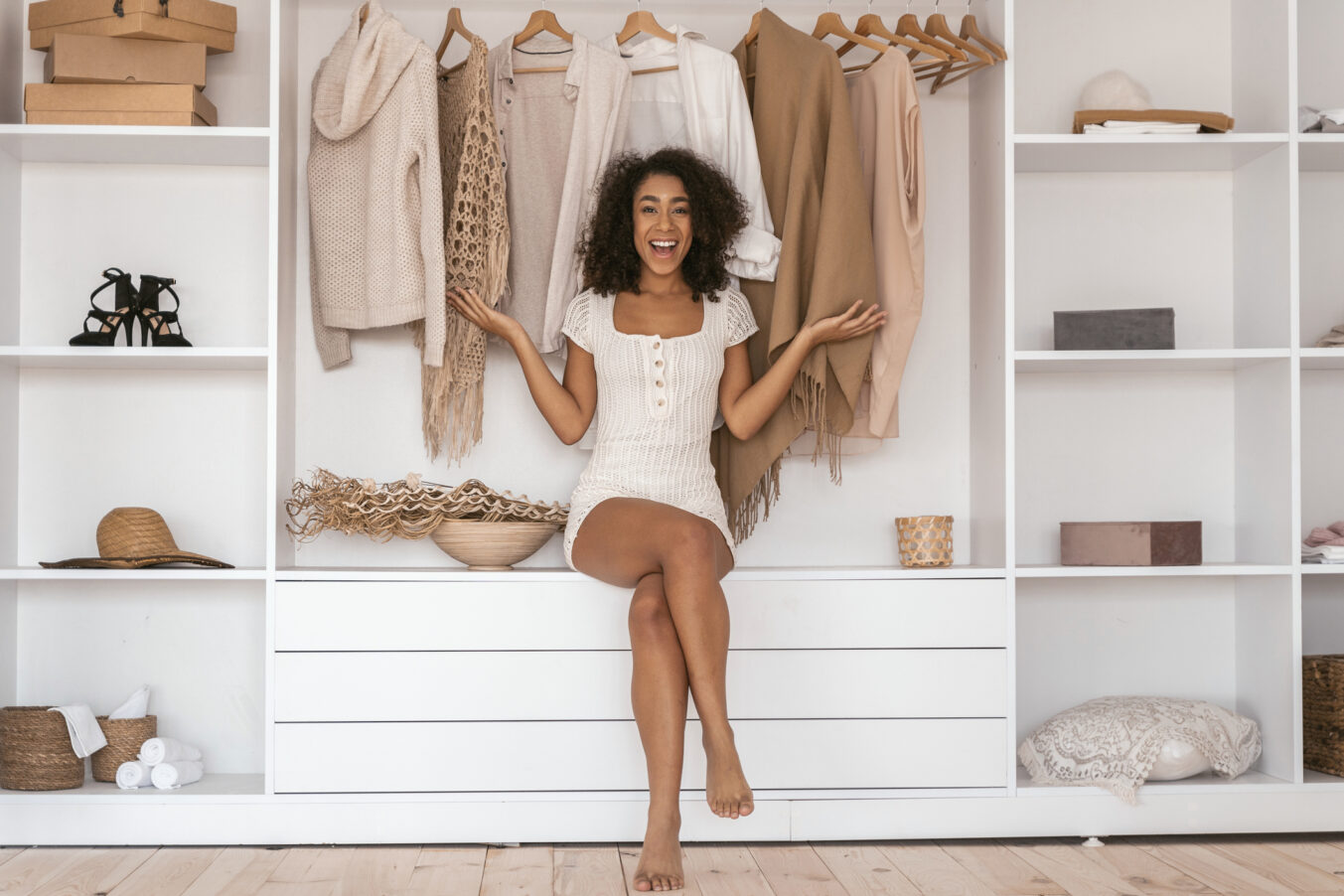
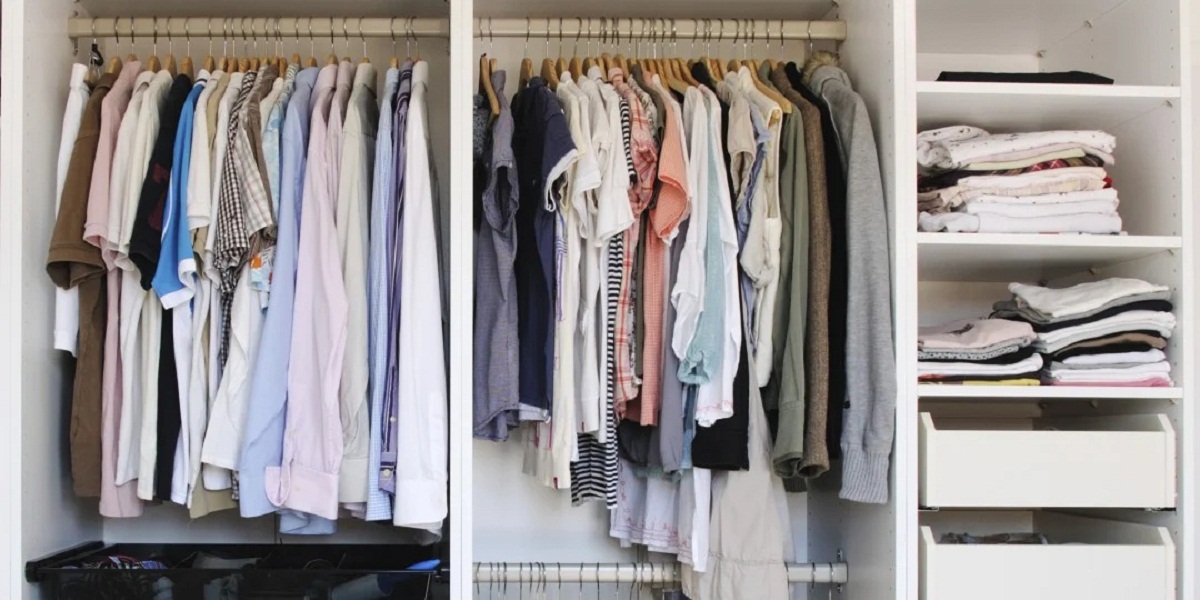
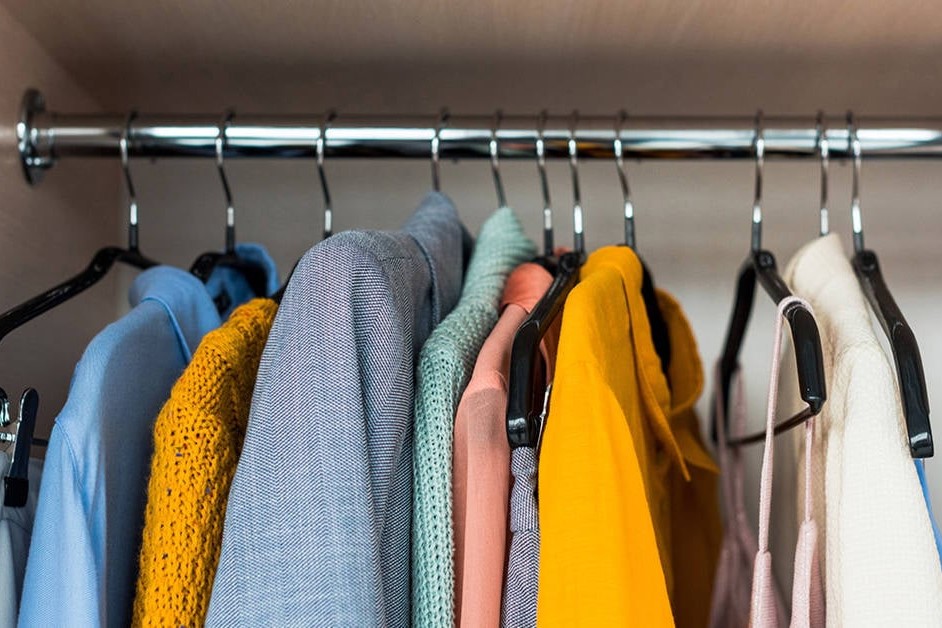
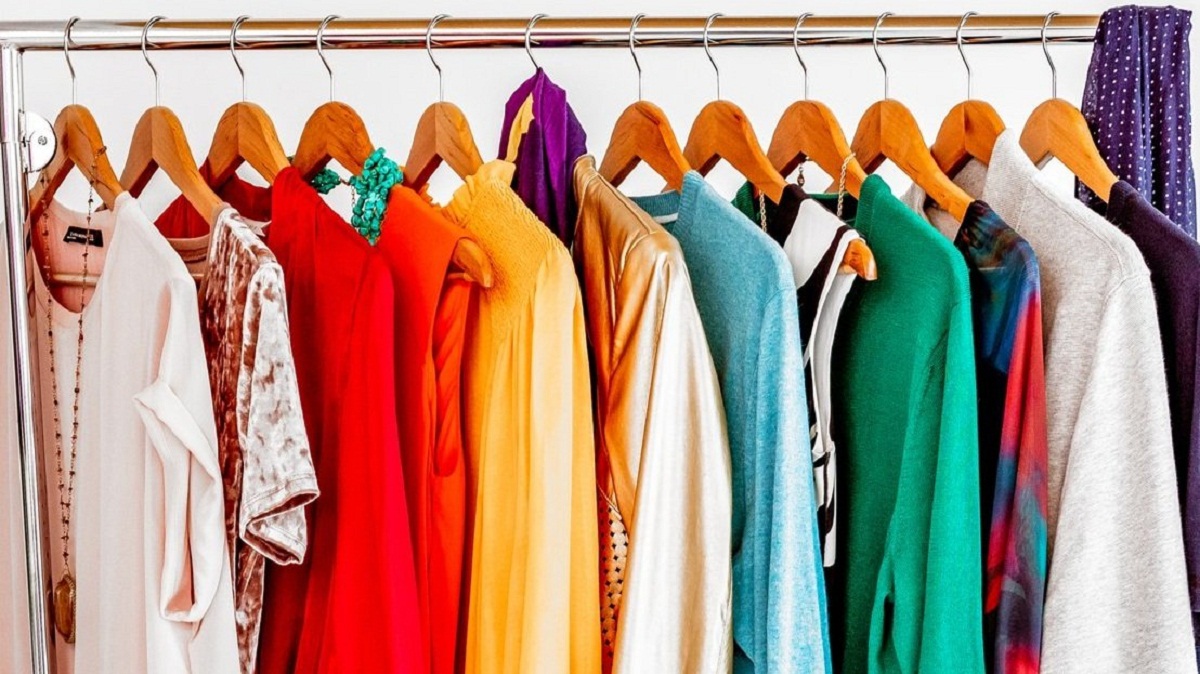
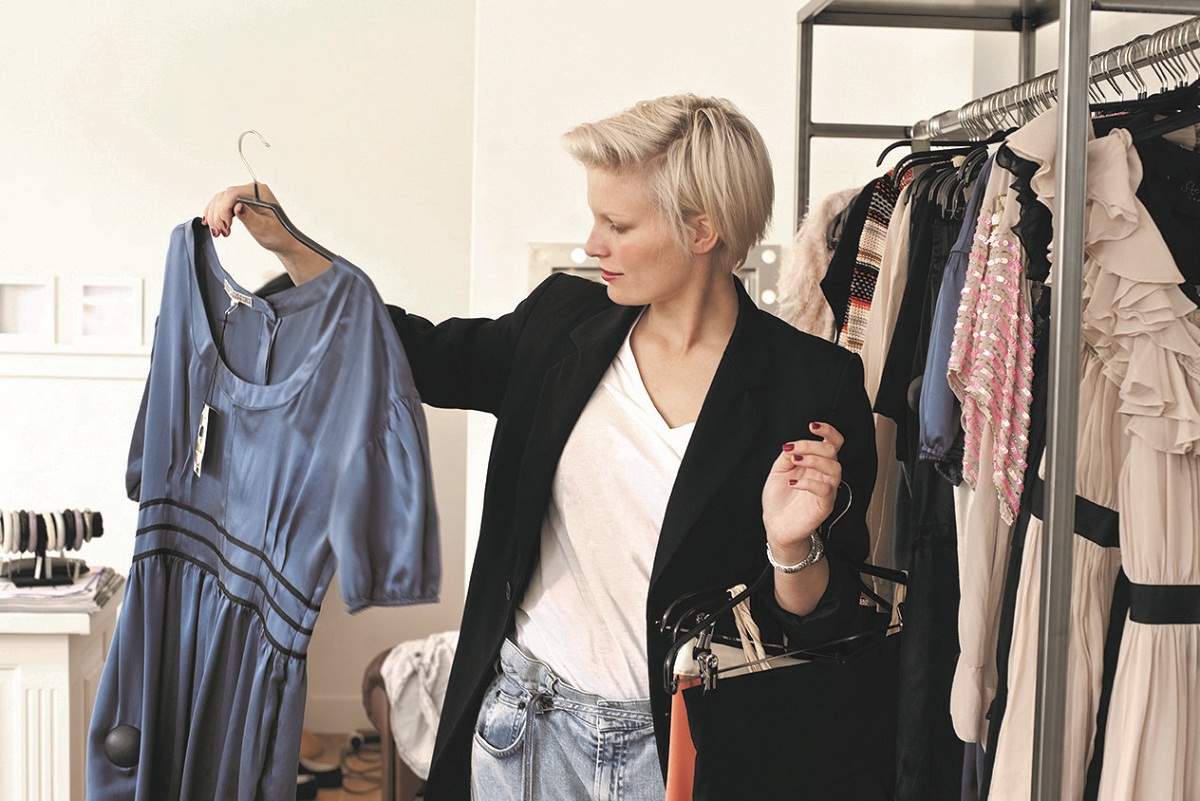
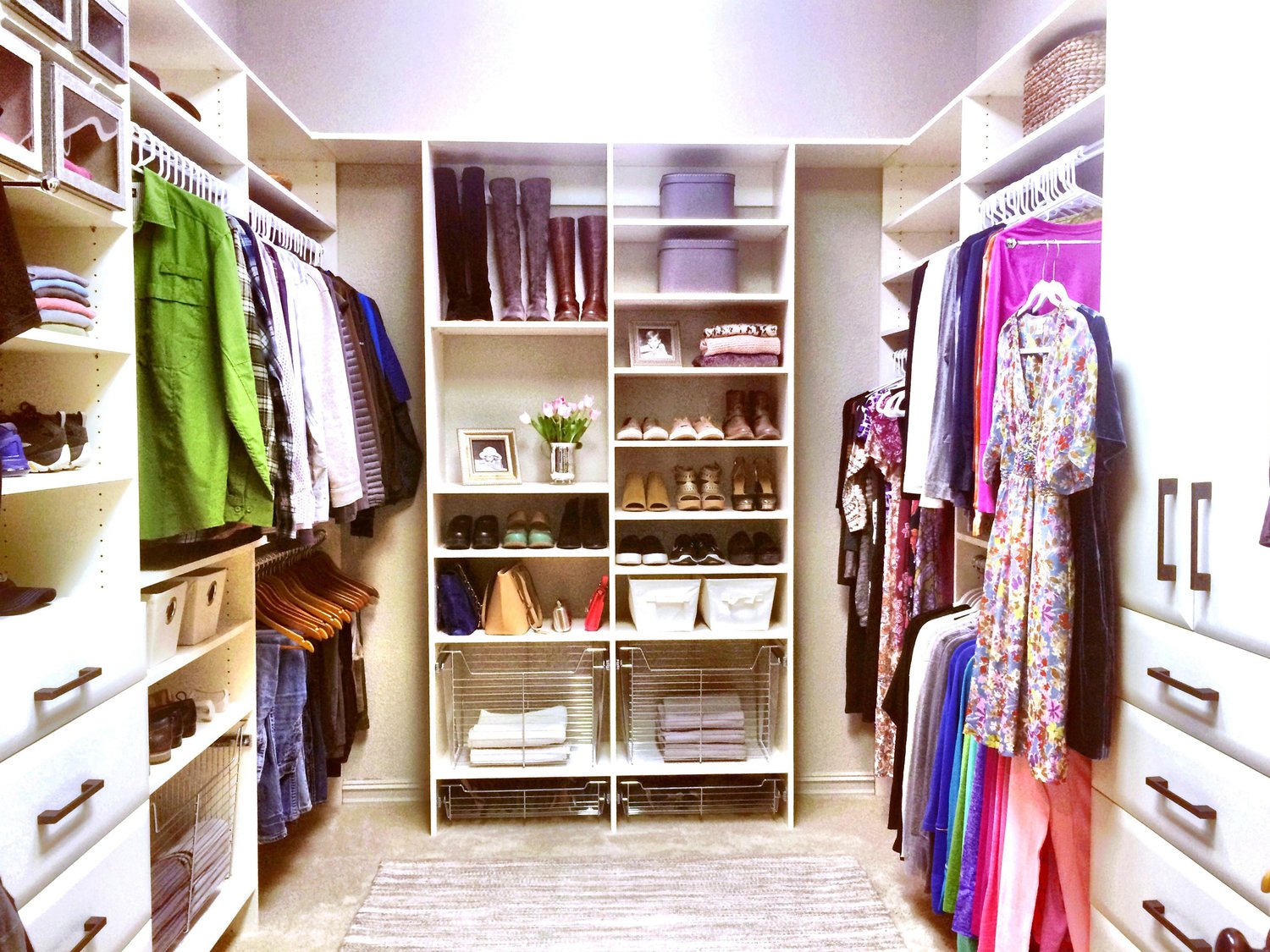
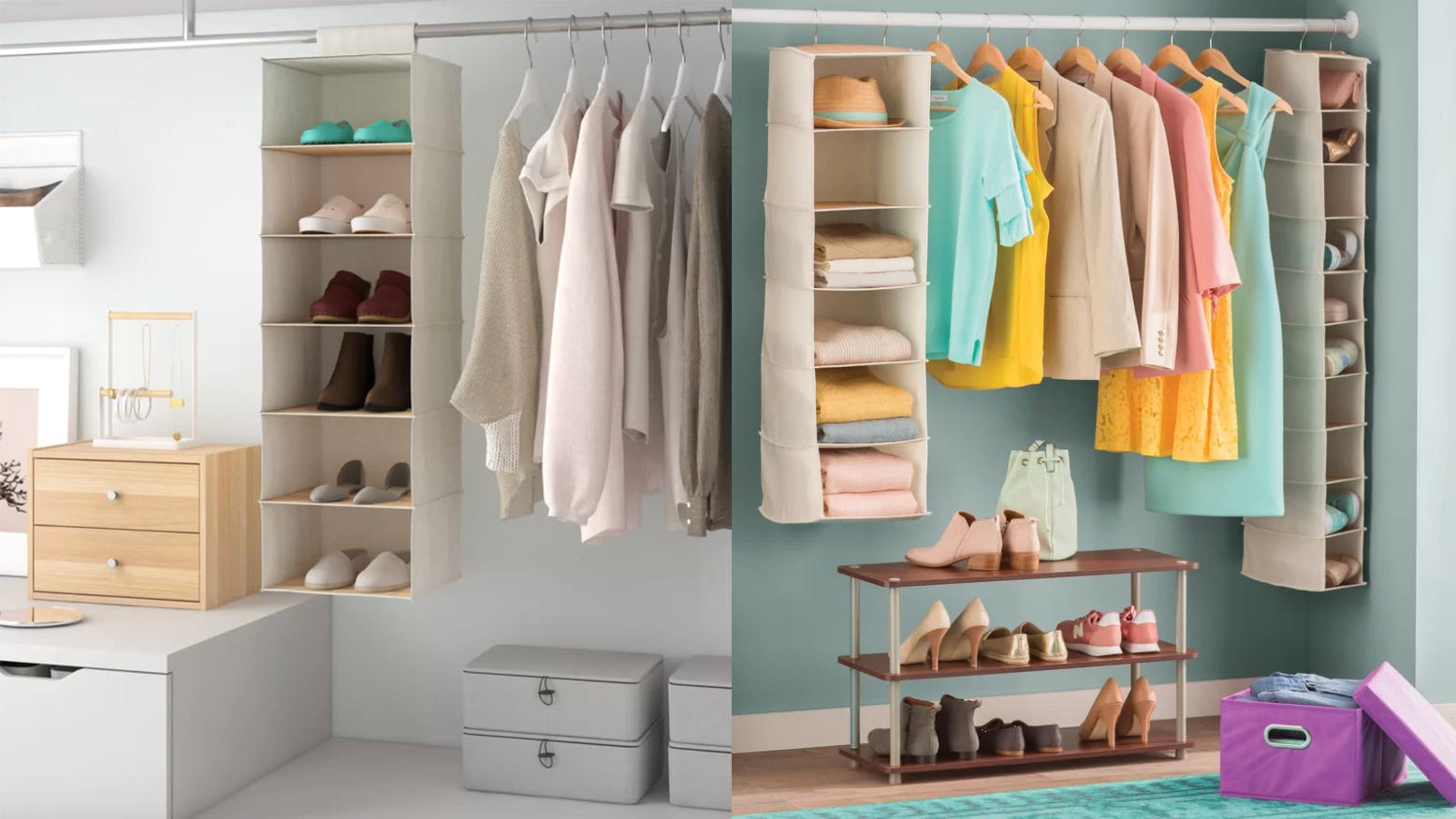
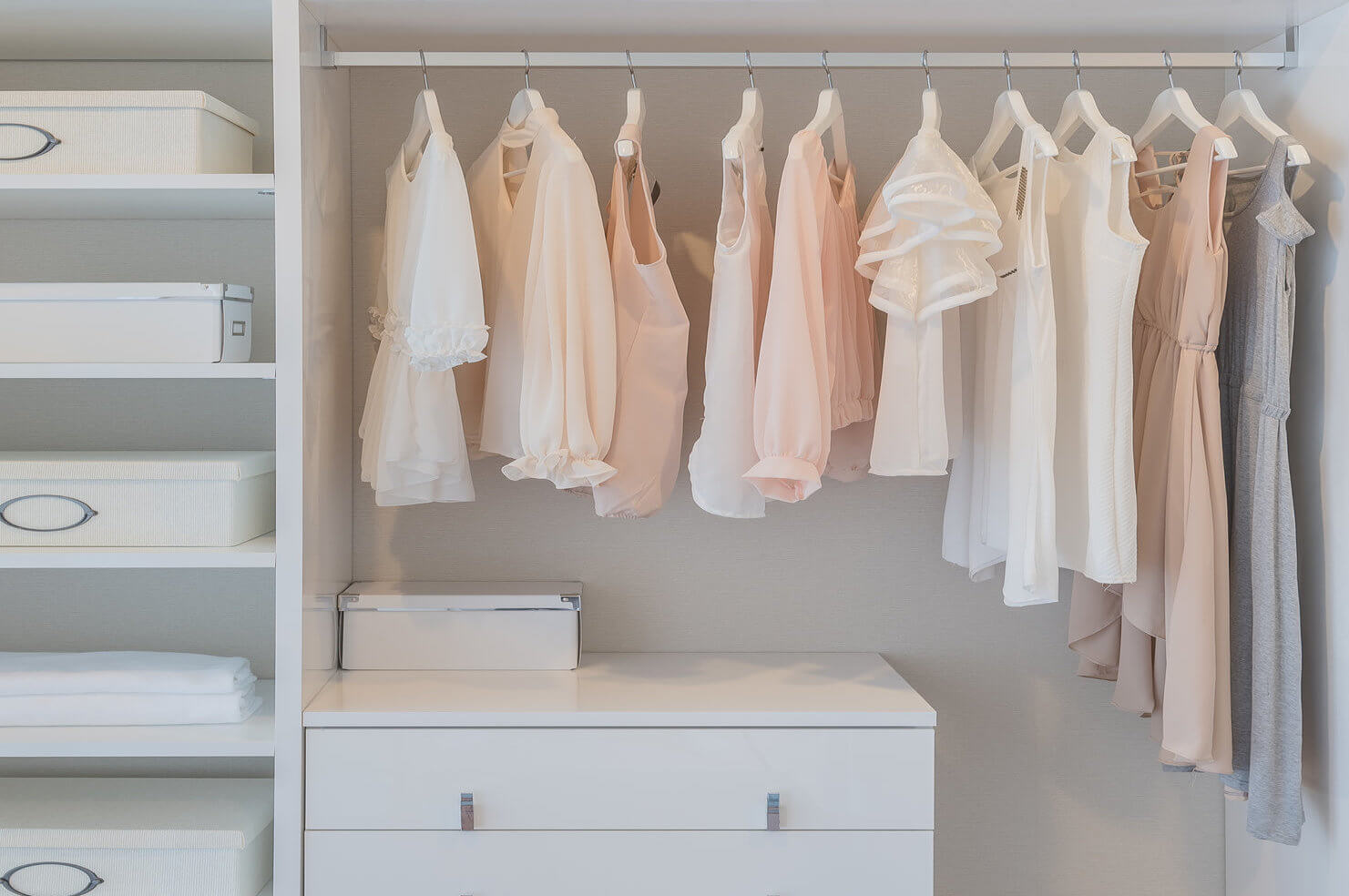

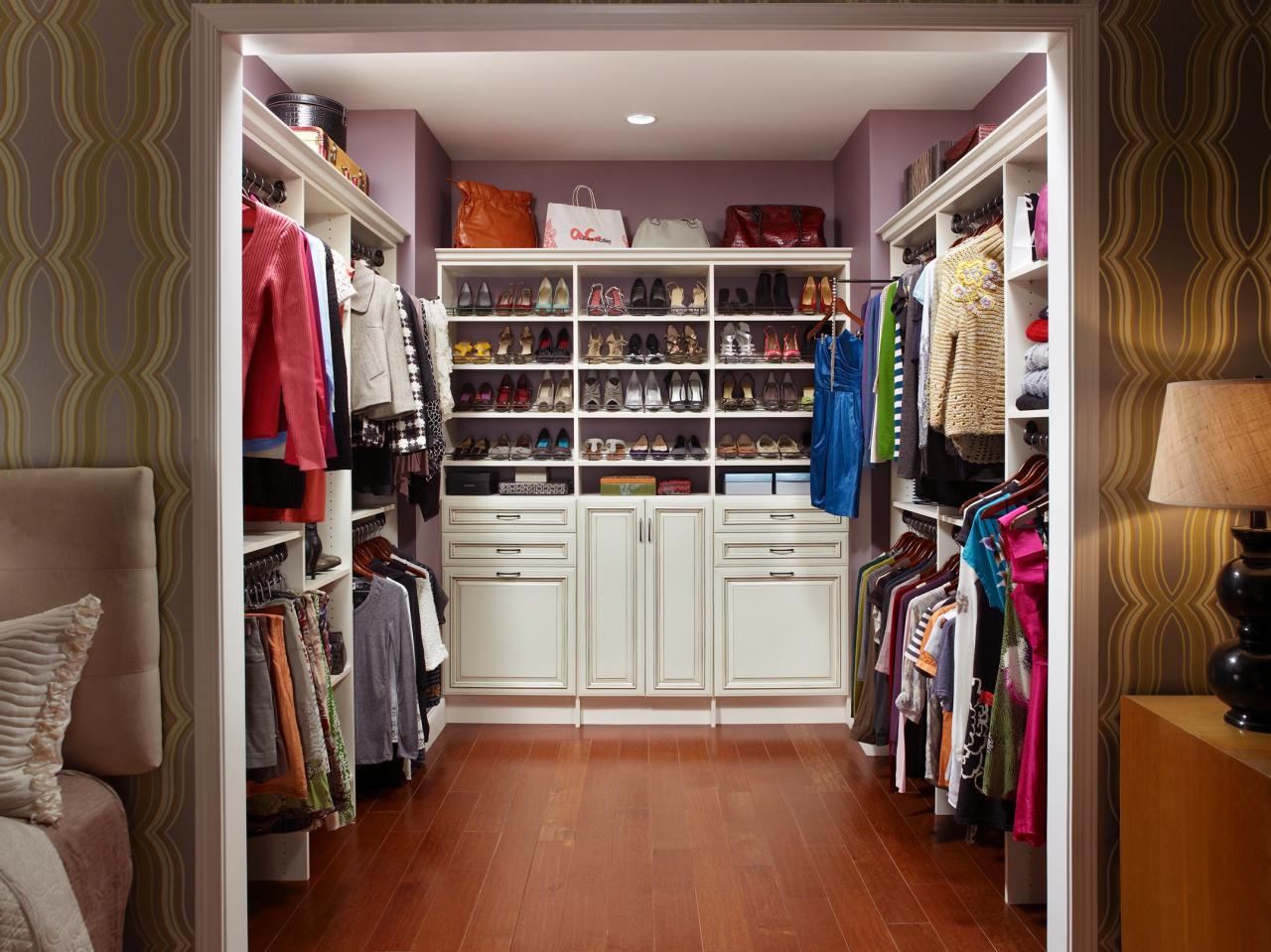
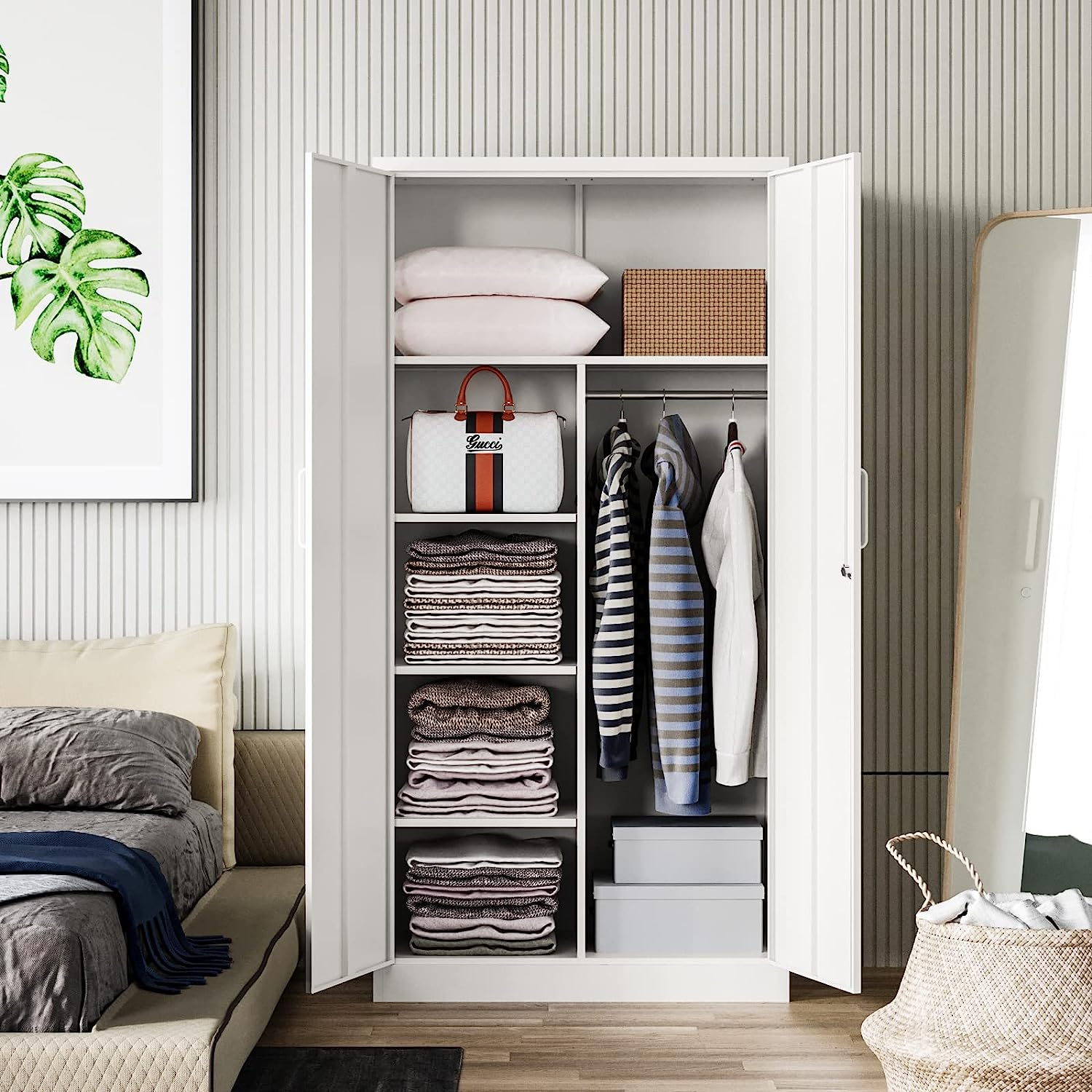
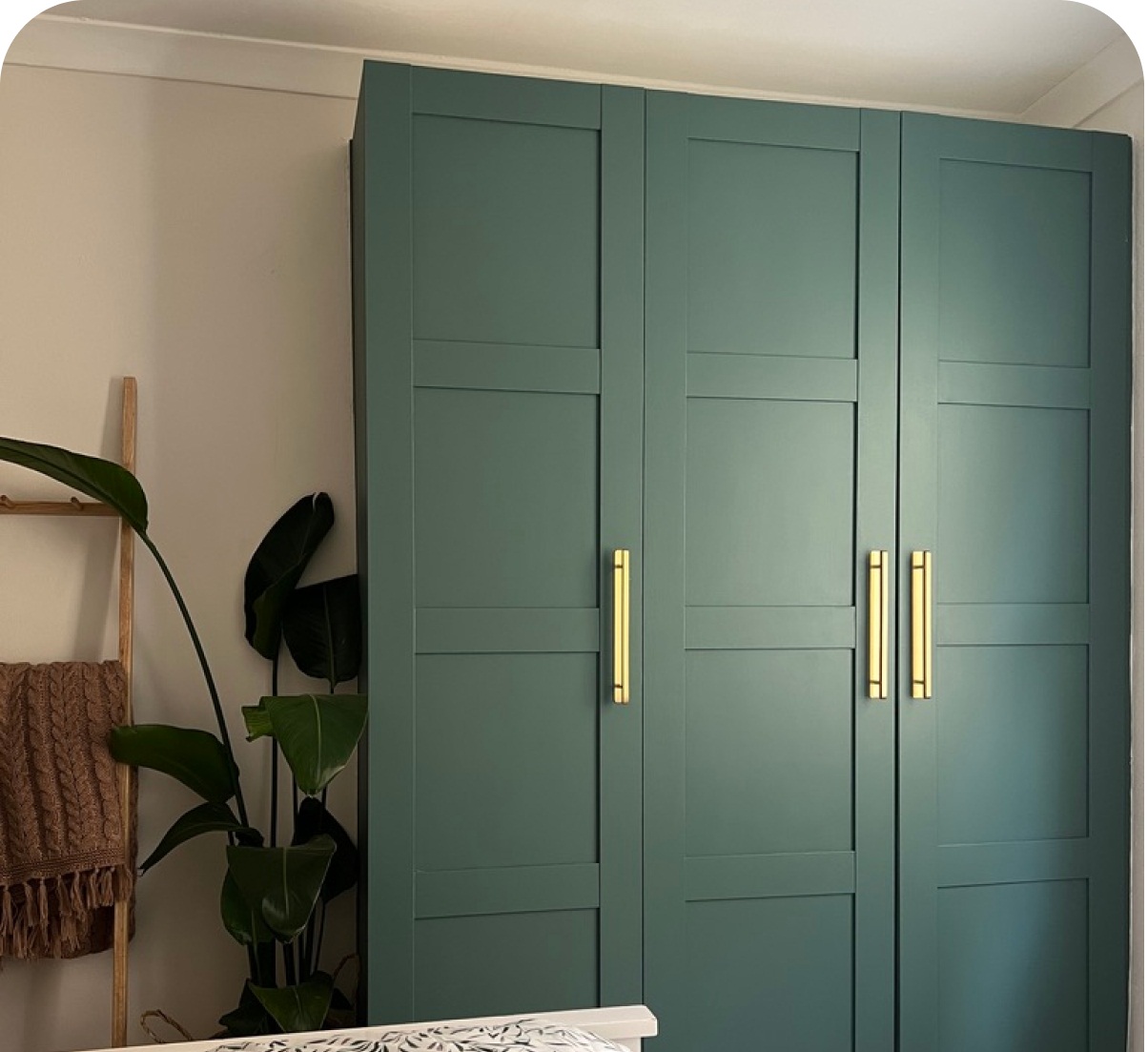
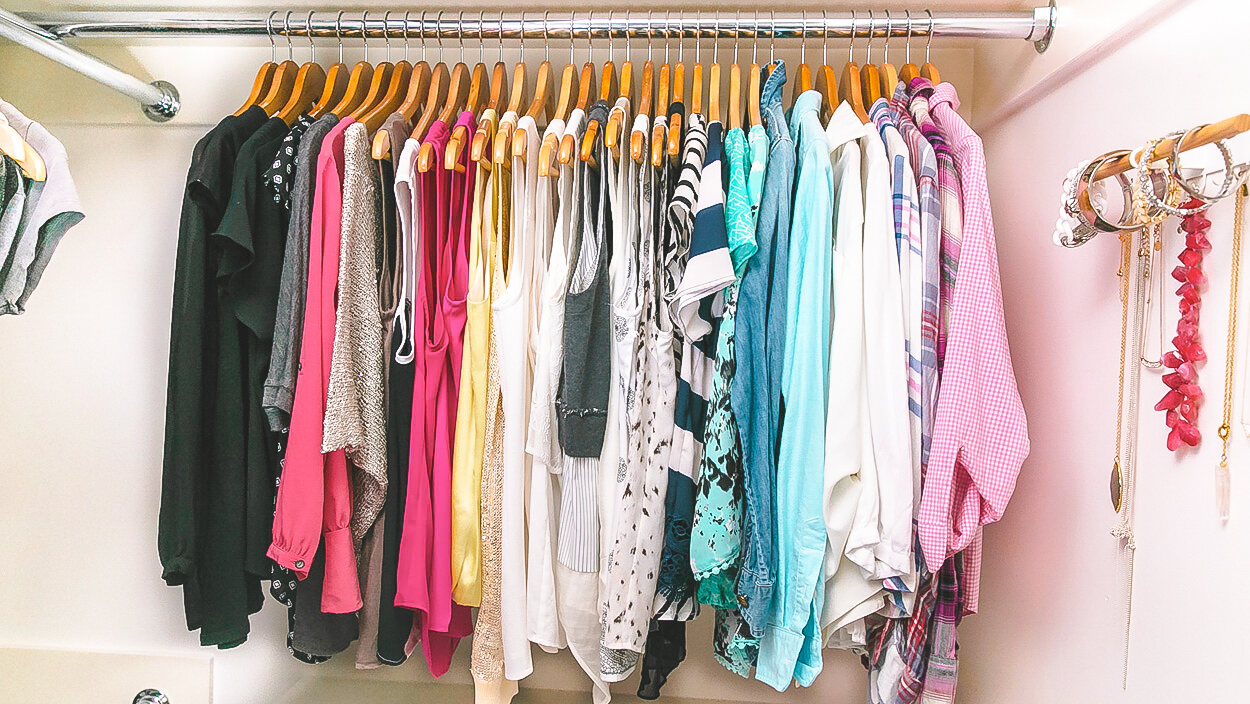

0 thoughts on “How To Curate Your Wardrobe”